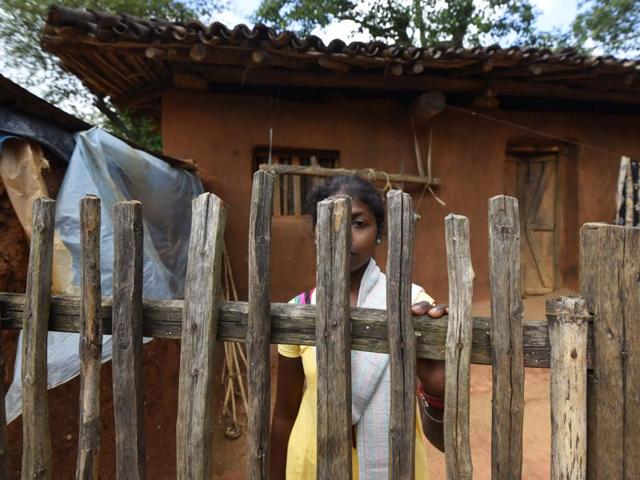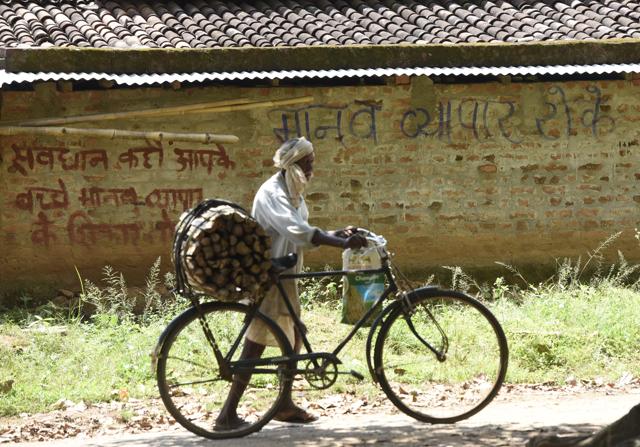Chaos in data a key challenge in fighting slavery and trafficking
The 2014 Global Slavery Index estimates India and Pakistan alone account for over 45% of total global enslaved population and have highest prevalence of modern slavery in Asia.
International organisations working to tackle slavery and trafficking have a daunting task ahead due to lack of consensus on uniform definition of slavery and a global number to assess the problem worldwide.

While the International Labour Organisation (ILO) data estimates that there are 21 million people in the condition of modern day slavery across the globe, Walk Free, an international organisation working to end contemporary slavery and human trafficking puts the figure at 36 million.
According to Nick Grono, head of the Freedom Fund, world’s first private donor fund dedicated to ending slavery, measuring the issue is crucial to mobilise resources and to be able to document whether the efforts taken by the organisations to end slavery are making a difference or not. “Data is a powerful a tool to push your governments. When the global slavery index identified India as a government which has large population of slaves, the leading Indian newspaper criticised the government saying that the country that was seeking to become the world superpower got this massive system of exploitation. This is an example of why it is important to measure, contrast, and compare and draw attention to these things,” Grono told HT on the sidelines of Trust Women Conference held in London. Grono was earlier with the Walk Free Foundation that puts out the Global Slavery Index.
The 2014 Index estimates India and Pakistan alone account for over 45% of total global enslaved population and have highest prevalence of modern slavery in Asia.
The report says, “India’s modern slavery challenges are immense. Across India’s population of over 1.2 billion people, modern slavery occurs in brick kilns, carpet weaving, embroidery and other textile manufacturing, forced prostitution, agriculture, domestic servitude, mining, and organised begging rings. Labour is particularly prevalent throughout India with families enslaved for generations.”

Surveys done at different points of time, no uniform definitions and different methodologies adopted by various institutes are key reasons for confusing numbers. Experts believe that the lack of uniform data not only makes it difficult to fight slavery, wrong classification can end up harming the vulnerable population than helping them.
The ILO acknowledges that discrepancy in figures is an issue. The International Conference for Labour Statistics, under the ILO, is working on operational definitions for forced labour and expects the process to be complete by 2018, said Leanne Melnyk, technical officer, forced labour and trafficking, ILO. “There has been an international recognition that we do need to have a common understanding of how to do nation- wide surveys on forced labour,” said Melnyk.
According to Matt Friedman, CEO, The Mekong Club, part of the problem is that unlike HIV/ AIDS and poverty, trafficking, donor agencies never paid attention to issues related to human trafficking. “Two decades ago, when we went to donor communities asking for data, we would hear responses such as we don’t have time for data collection and research or it is too time consuming and expensive, we got to help those people right now. We should have acted back then,” said Friedman.





